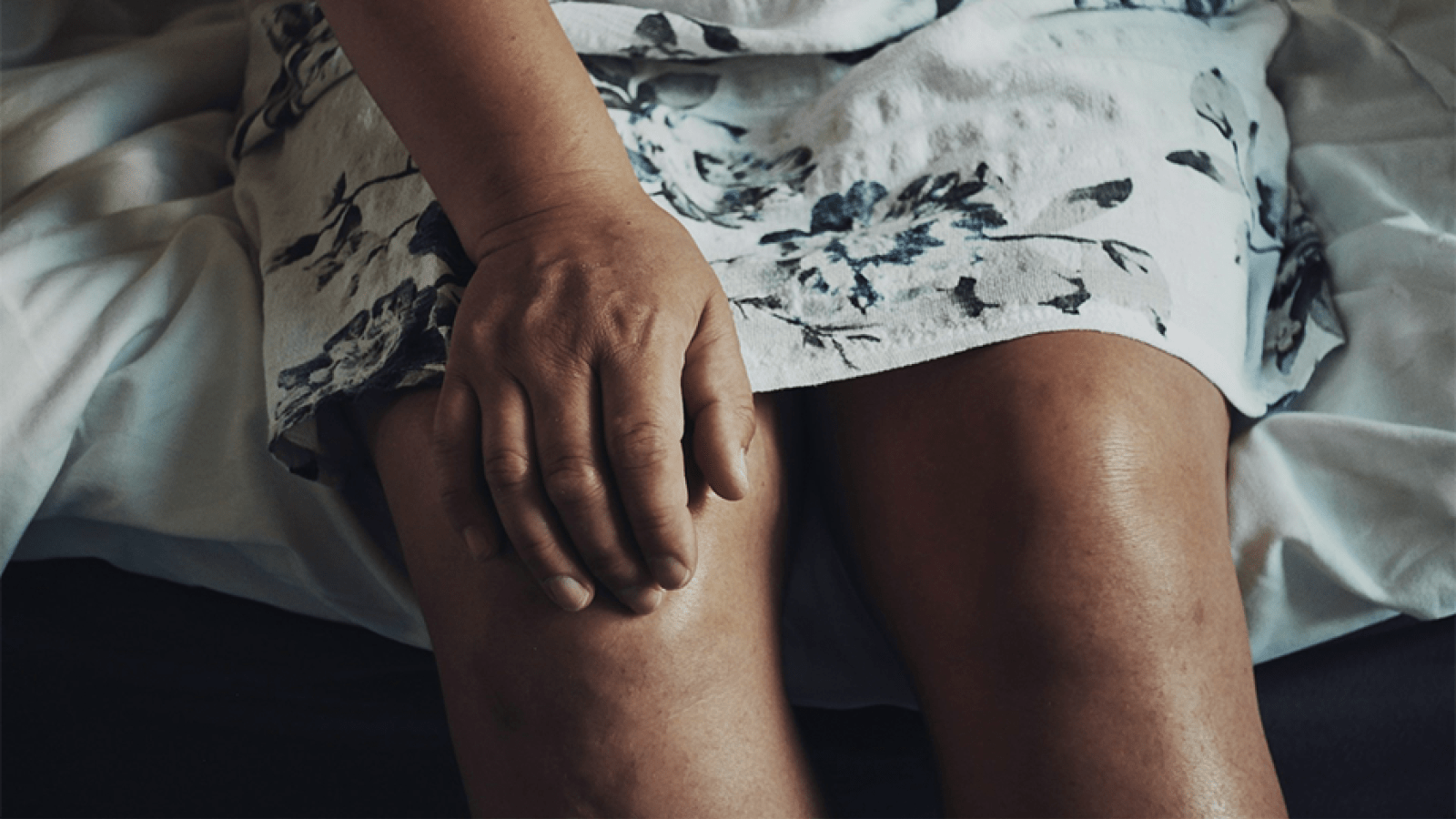New Risks Identified for Knee Osteoarthritis in Women

Image: Anna Auza via Unsplash
In the case of knee osteoarthritis, women are often worse off than men because they experience more pain and symptom severity, which impacts their daily lives. Although knee osteoarthritis is a leading cause of disability in adults in Australia, the reasons for these sex differences are not well understood by researchers.
Several factors are thought to be involved, including the shape of our knee bones.
A new study led by ANU researchers, and recently published in Osteoarthritis & Cartilage, turned our attention to a neglected, potential culprit – the kneecap – and asked whether its shape might be contributing to more painful knees in women?
“We wanted to focus on the kneecap as a major contributor of pain for individuals with knee osteoarthritis”, said Associate Professor Laura Wilson, study lead researcher at the School of Archaeology and Anthropology, ANU.
The kneecap helps us bend and straighten our knee, needed for activities of daily life such as climbing stairs, getting into the car, or kneeling. All of these can be painful for individuals with osteoarthritis in the front of their knee.
“We know that some features of the femur, that forms part of the knee joint, are shaped differently in women compared to men, and hypothesized that we might, similarly, find sex differences in kneecap shape.” Wilson said.
The team, which included Jo Menard, a graduate of the Master of Archaeological and Evolutionary Science, along with researchers at ANU and The Canberra Hospital, amassed a large sample of healthy individuals and patients on the wait list for knee replacement, collecting CT scans of their kneecaps.
Using advanced image analysis techniques to create virtual, 3D models of hundreds of kneecap bones, the team then applied shape modelling methods to visualize and measure the shape of the surfaces of the kneecap in three dimensions.
Contrary to expectations, the team didn’t find unique features among the kneecaps of females compared to those of males. However, they did uncover aspects of variation in the surfaces of the kneecap that were more pronounced in individuals with osteoarthritis compared to the healthy group.
“What’s surprising is that the different joint surfaces of the kneecap change shape in different ways with osteoarthritis, and as disease severity increases”, said Associate Professor Wilson.
These changes may be due to how the knee joint is loaded during movement, and as such the team plan to expand their study. “We want to understand whether these shape differences in individuals with osteoarthritis start early on”, said Wilson.
If that’s the case, then features of the kneecap might be added to disease prevention models, which could help identify people who are ‘at risk’ for knee osteoarthritis and could benefit from early intervention.